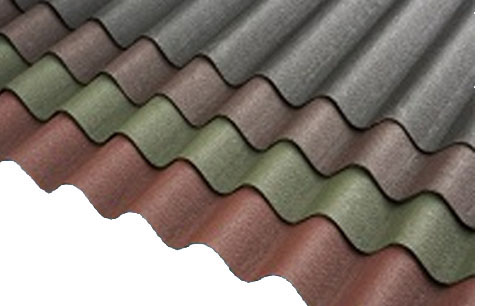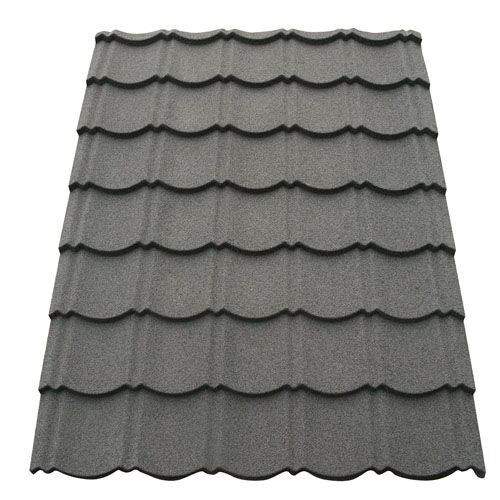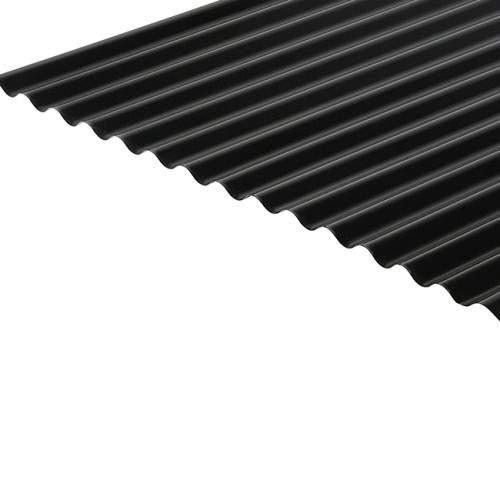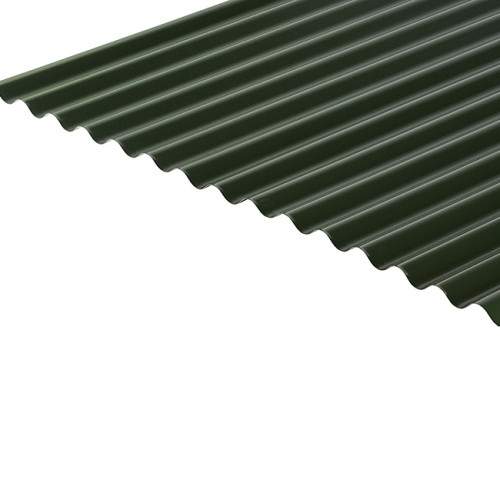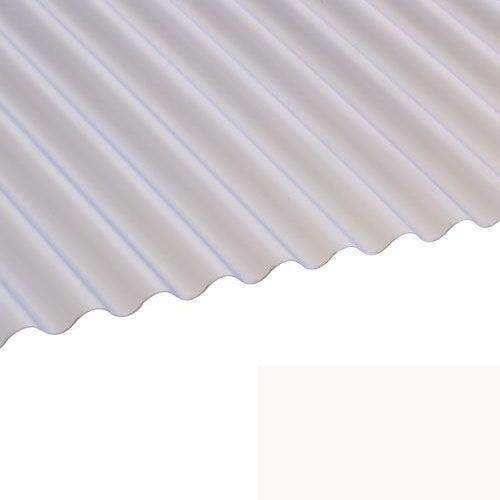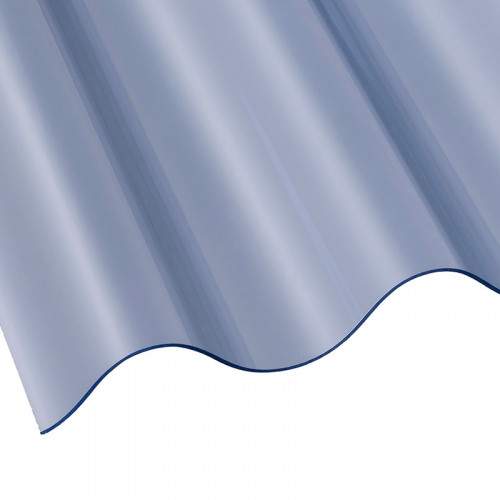Roofing sheets are becoming increasingly popular for garage roofs throughout the country, but what are they made of, and how do you fit them? We’ve created a beginner’s guide to garage roof sheets to help you decide which roofing sheet is best for your garage, and have given you some helpful tips regarding the installation process.
Table of contents
- What is a garage roof sheet?
- What are garage roof sheets made of?
- Do I need corrugated garage roof sheets?
- How do I fit garage roof sheets?
 What is a garage roof sheet?
What is a garage roof sheet?
Garage roof sheets are sheets that are used to create a weatherproof roof on garages and other outbuildings. They are most commonly chosen for garage roofs due to their durability, lightweight characteristics and ease of installation.
What are garage roof sheets made of?
Garage roof sheets are made from a variety of materials, and each material comes with its own benefits, so it is important to select the best one for your garage roof.
Metal roof sheets
Metal garage roof sheets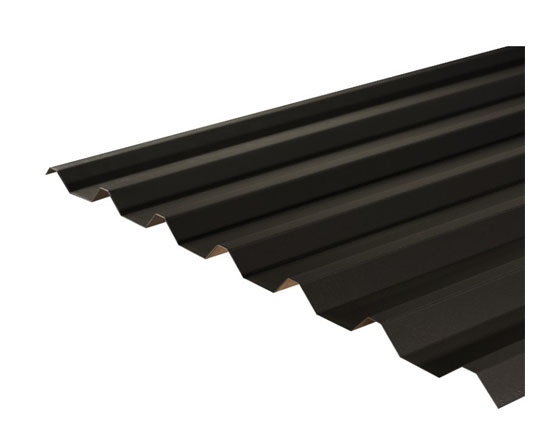 are popular due to their ability to withstand extreme weather conditions, affordability and ability to withstand high temperatures. They are corrosion-resistant and are not affected by rust or fading over time. Metal roof sheets for garages tend to come in steel, aluminium and zinc and are generally coated with other metal, plastic or stone granules to create an aesthetically pleasing finish.
are popular due to their ability to withstand extreme weather conditions, affordability and ability to withstand high temperatures. They are corrosion-resistant and are not affected by rust or fading over time. Metal roof sheets for garages tend to come in steel, aluminium and zinc and are generally coated with other metal, plastic or stone granules to create an aesthetically pleasing finish.
Another benefit of metal roofing is that they aren’t affected by or susceptible to termites or insects, and they are often treated by manufacturers to prevent or reduce algae growth.
Plastic roof sheets
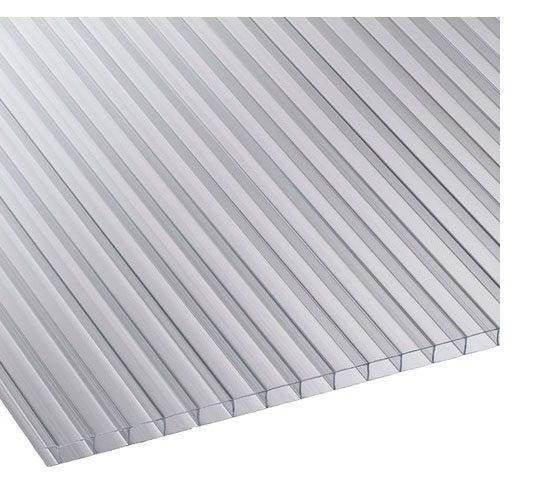
Plastic garage roof sheets are one of the most popular garage roofing materials for cost-effective roofing. They are incredibly lightweight and available in a range of colours and styles. So you can select the custom choices to suit your garage roof. Options include:
The type you choose will depend on the garage you are working on. You can use our cut-to-size services for the sheeting to reduce the amount of waste generated. Polycarbonate plastic garage roof sheets are popular due to the material being extra durable. It’s extremely hard to damage or break. Yet it will still maintain the lightweight properties associated with plastic roofing sheets.
Alternatively, you can use PVC roofing sheets on garages as alternatives to rooflights. In fact, transparent PVC sheets allow approximately 60% of light transmission.
Bitumen roof sheets
Garage roof sheets can also be made from bitumen, from brands such as Onduline and Coroline, and these are some of the most affordable roofing sheets available. Low maintenance and simple to install, bitumen roofing sheets can last for decades but can be more vulnerable to impact and small tears than plastic sheeting.
Fibre cement roof sheets
Although more traditionally used in larger commercial and agricultural projects, fibre cement roofing sheets can also be used on smaller projects such as garages. Supplied in a range of colours, fibre cement is rust, corrosion and rot-free, and the sheets are provided in easy-to-handle sheets, making installation quick and simple.
Do I need corrugated garage roof sheets?
Although not essential, corrugated roof sheets can bring a range of benefits to your garage roof. The corrugated form of the sheet adds increased strength and durability to the roof without adding extra weight. The rippled shape results in a larger surface area, which increases the ability to withstand bends that can be caused by falling objects, and more protection from storms and adverse weather. Additionally, the corrugated form allows rainwater to run off easily and evenly. This is a benefit in places such as the UK where there is more rainfall and harsher weather conditions.
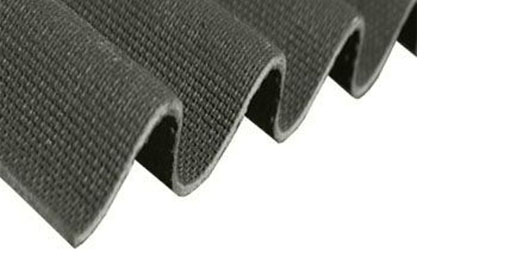
How do I fit garage roof sheets?
Roofing sheets are often chosen for garages due to the ease of installation. With that said, their fitting may vary. So it’s important to follow the manufacturer’s installation guide. This will ensure your garage roof is as strong as possible and does not void your warranty.
Cut sheets to size
There are cut-to-size options available, but if your sheets need cutting, we recommend doing that before beginning the installation process. Additionally, if your garage roof sheets do not have pre-drilled holes, we’d suggest drilling holes in them before installing them.
Lay roofing sheets
The next step is to start laying the roofing sheets on the building. Ensure they are placed directly onto purlins that are attached to the roof trusses. It is important to start laying the sheets at the opposite end of the roof to the prevailing winds to prevent the side laps from facing into the wind, which could cause uplift and water ingress. When laying sheets, if they are corrugated, allow a minimum of one corrugation, and stagger the sheets, using half a sheet to start the second course. The first row of sheets should extend out over the bottom purlin to allow rainwater drainage.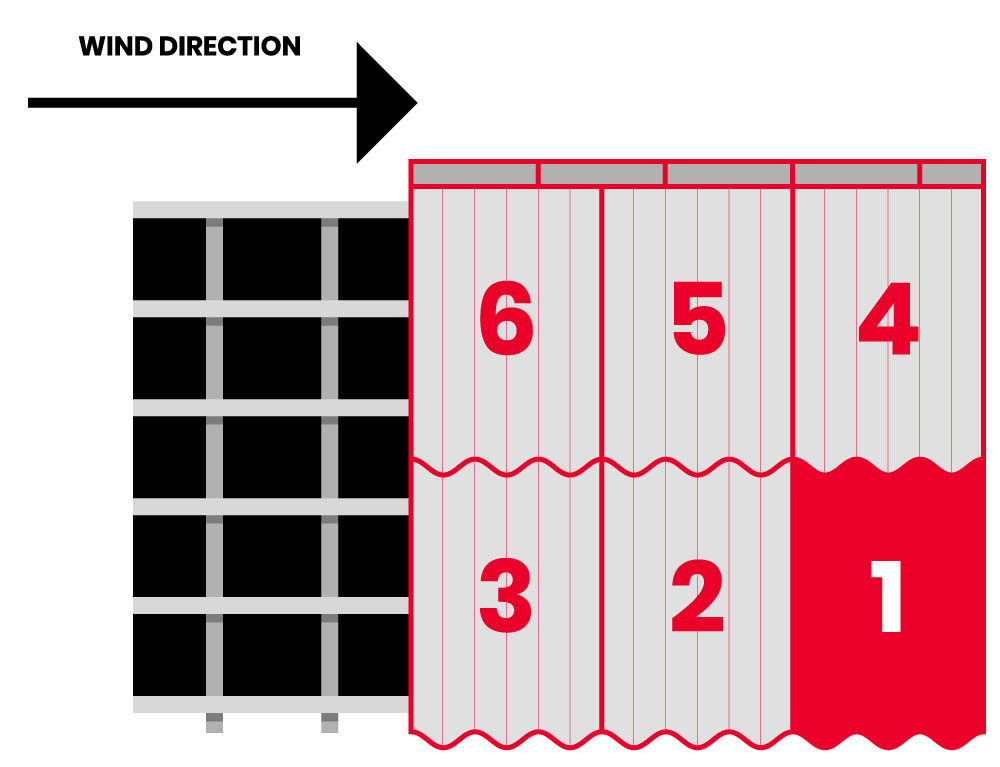
Use lapping tape across the side and end laps
To ensure each side lap and end lap is weatherproof, it is recommended to use lapping tape along the top of the profile that is going to be overlapped. For side laps, one strip is required, and for the end laps, two strips are needed.
Fix roofing sheets
Nail or drill each sheet into the purlins or decking beneath, at every point at which the sheet overlaps and at the top and bottom of the slopes. Primary fixings should be in profile valleys where possible. When fixing sheets, you can use self-drilling screws with washers and neoprene pads to create a complete seal, but the specific types of screws or nails that are required depend on the garage roof sheet material.
Install ridges and verges
Once you’ve fixed the sheets into place, you can install the ridges. Start at the opposite end to the prevailing winds again and allow overlaps of 125mm. Verges can then be created by using a ridge piece or nailing the final corrugation over a raised barge board.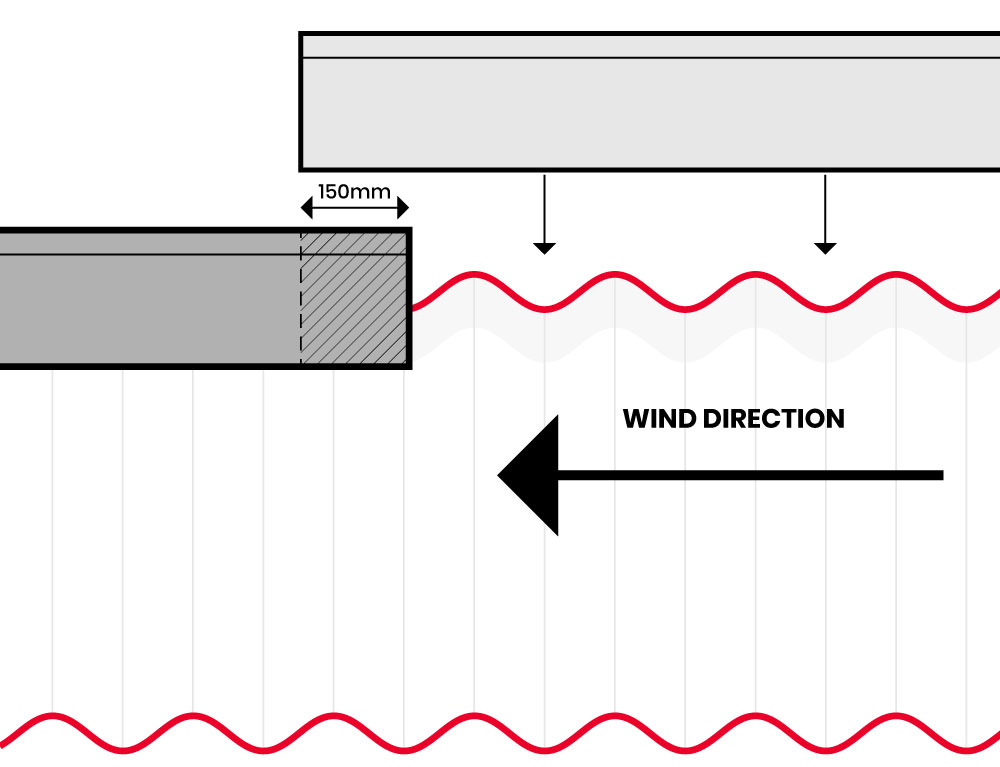
If you have any questions or queries regarding installing your garage roofing sheets, give our friendly team of experts a call at 01752 692 760, or use the live chat function at the bottom right of your screen. Don’t forget that you should follow the manufacturer’s installation guide to retain your warranty.

